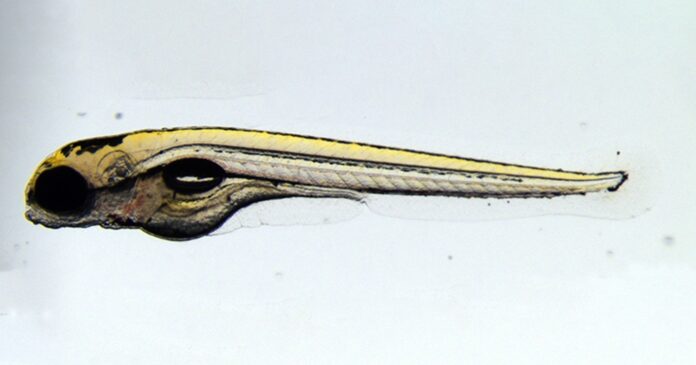Researchers at the National Institutes of Health made a book about how baby zebrafish grow. They looked at the genes in almost every cell as the tiny fish developed in the first five days. The cells change into different types during this time, like how our body parts form. The final result is a young fish that can swim and search for food. The researchers shared their discoveries in a journal called Developmental Cell.
Christopher McBain, Ph., the scientific director of the Eunice Kennedy Shriver National Institute of Child Health and Human Development (NICHD), which conducted the work, said, “Perhaps surprisingly, tiny zebrafish provide us with significant insight into human development and disease. Many gene expression programs that direct embryonic growth are similar across fish, people, and other animals. Since zebrafish are visibly transparent, fertilize eggs externally, and are easy to study genetically, they represent a unique and effective way to model human disease.”
Special instructions in their DNA guide the way babies grow inside eggs. These instructions tell different cells what to do and how to become unique body parts. Scientists created a map (Atlas) of this process using single-cell RNA sequencing. They checked the genes’ activity every two to 12 hours for five days.
The map follows almost 490,000 cells for 120 hours, finding an average of 8,621 instructions in each cell. The scientists used the map to learn about less-known cells, like BEST4+ cells in the intestines. These cells are connected to diseases, but we know little about them. With the map, the scientists guessed how BEST4+ cells grow and what makes them work, helping us understand their role in human diseases.
Senior author Jeffrey A. Farrell, Ph.D., an Earl Stadtman Investigator and head of NICHD’s Unit on Cell Specification and Differentiation, said, “Our Atlas on early zebrafish development is a comprehensive resource that describes the expression program of hundreds of cell types across 62 developmental stages. From this Atlas, we discovered understudied cells, including intestinal cells involved in human diseases, the smooth muscle surrounding the intestine, and cells surrounding blood vessels. Many more advances are waiting to be uncovered, and we look forward to seeing what the research community can do with our open-source Atlas.”
In conclusion, this NIH study presents a genetic atlas that contributes to the understanding of zebrafish development and demonstrates the broader applicability of such atlases in unraveling the complexities of cell development and their implications for human health.
Journal reference:
- Abhinav Sur, Yiqun Wang, et al., Single-cell analysis of shared signatures and transcriptional diversity during zebrafish development. Developmental cell. DOI: 10.1016/j.devcel.2023.11.001.
